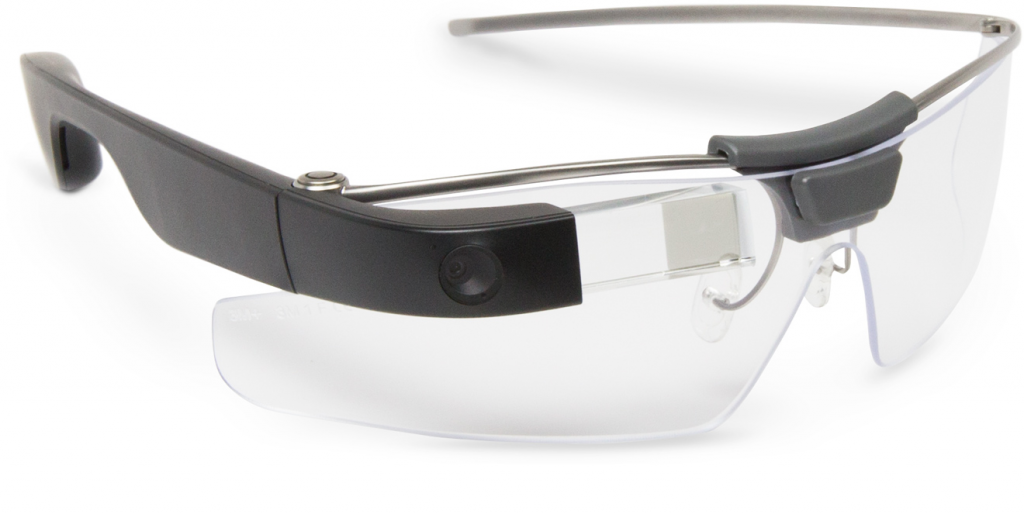By Dylan Hensby. UX Research & Design at Vogl and Blake Research Consultants.
Empathy is an important part of life. It’s how we understand and relate to one another. However, when it comes to businesses or large organisations, there is a risk that empathy can get left behind. It’s very common to assume that the problem is understood without seeing it from the user’s point of view. There is a long list of organisations that assumed they were solving a problem but when they went to sell their product or service, or help certain groups of people, they were met with failure.
This is why empathy matters. Empathy is the key for finding the real problem that lies at the heart of your user’s experience. It validates that your organisation is solving a problem that needs to be solved, and your solutions will ultimately improve or enrich their lives.
In this blog post we will take a look at two major signs of a lack of empathy, examples of companies who have made this mistake, and a few general tips to keep in mind when performing empathy-based research.
Two signs of a lack of empathy

The first sign is that the solution is not solving a problem. Or at least a problem that matters to your target group. In 2019, CB Insights analysed 101 startups that failed, and found that 42% failed because there was no market needed for their product or service (CB Insights, 2019). These businesses were trying to solve a problem that didn’t need to be solved, or at least didn’t provide any financial benefit for doing so. This doesn’t apply to just startups. Every organisation, small and large, is vulnerable to making assumptions.
One great example is Google Glass. Google’s voice-controlled ‘smart’ sunglasses released to the public in 2014. There was a lot of initial excitement over the concept but once the novelty wore off people began to ask themselves why they would buy themselves a pair. How will these glasses make my life easier? Why should I buy a pair of $1500 sunglasses that can help me navigate when I can just use my phone? Google Glass didn’t solve a clear problem, and the sales reflected this with the product eventually failing.
How can I tell if my product/service is not solving the real problem? The biggest indicator is that it’s not meeting sales that it should be compared to the market. Solutions that solve a genuine problem are valuable, and the sales should reflect this. This is why Google Glass failed. They lost out to phones and other methods that solved the problem for the user more efficiently. Ask yourself what problem you are trying to solve, and if your offering is doing just that. Qualitative research can be valuable here to see the problem from your user’s perspective. Diary studies, user research, interviews, and ethnographic studies are all useful tools to validate that the problem your solving is a real problem.

The second sign is that the user cannot relate to or support your solution. Whereas the first sign is about not understanding the problem in the context of the users lives, this second sign is about not understanding the users or groups themselves.
Nowhere else can this be more clear than the tale of Juicero in 2017. Juicero was a juicer that pressed pre-made juice packs sold by the company at a subscription. The idea was that users could buy juice packs and let the juicer do the work, saving time in their busy schedule. Unfortunately, it failed, and there are many reasons why.

One reason was that it was over-designed, an extremely complex solution to a simple problem. Bloomberg News made a video showing that it was more effective to squish the premade packs using your hands.
But the one reason that concerns us is that they never really understood their target market. Most of their users could not afford the 700-dollar entry fee, let alone the subscription for the packs. If they had used an empathy-based approach with their research then they would have found that many people who are health-conscious are also conscious of their impact on the environment and the waste that the juice packs create. Juicero is an example of a company who couldn’t empathise with their customers.
How can you tell if your organisation is out of touch with your users? Firstly, how much research have you done? The more research you do regardless of the approach, will help with informing you about the user. But the easiest way you will know if you’re out of touch is through reviews. When your company solves a problem that people need solved, but in a way that disagrees with their values, or in a way they can’t support, then they will let you know about it. For example, if your favourite coffee place makes the best damn coffee, you’ve ever tasted, but they only sell it in a styrofoam cup, and caring for the environment is one of your core values, then this causes inner conflict. Do I care more about the coffee or about the environment? If the coffee is good enough to stick around then chances are you will let them know your concerns. Overall, an empathic approach to research will help with understanding your users values and allow you to offer a product/service that aligns with these values, rather than conflicts.
Our 3 general tips for taking an empathic approach
- Understand the problem through your target group’s eyes.
This is the first step, and the most important. Immerse yourself in the problem but through the perspective of your target group/market. How does this problem affect their day to day lives? How are they currently solving the problem? How do we solve the problem, and are there any opportunities to solve this problem in a more convenient way?
- Empathise with your target group or users.
Do your background research. Understand the context of this group of people’s lives. While every human being is unique, are there any common problems they face? Do they have certain preferences, or any common motivations between them? Uncover their values and offer a solution that aligns with them.
- Be flexible to change.
As you learn more about your users and see the problem from their perspective, chances are that you will begin to see what was initially thought to be the problem was actually a symptom of a deeper problem. This is where being flexible is important, so you can adapt your aim to focus on the real issue. Users are also human beings, and like the rest of us, are susceptible to change . Keeping your research up to date is also important.
—
Overall, it’s about putting the group or user at the center of the process. Listen to them, understand them, and see the problem from their point of view. By doing it this way, you’ll be solving the real problem.
Sources
CB Insights. “The 11 Most Tweeted CB Insights Data Visualizations of 2014” [IMAGE] 18 Dec 2014. Retrieved from https://www.cbinsights.com/research/team-blog/data-visualizations-popular-2014/
CB Insights. “The Top 12 Reasons Startups Fail” 3 Aug 2021. Retrieved from https://www.cbinsights.com/research/startup-failure-reasons-top/
BBC News. “Google Glass smart eyewear returns” [IMAGE] 18 July 2017. Retrieved from https://www.bbc.com/news/technology-40644195
Bloomberg Quicktake. “Do You Need a $400 Juicer?” [VIDEO] 19 April 2017. Retrieved from https://www.youtube.com/watch?v=5lutHF5HhVA
Carson, B. “The $700 ‘Keurig for Juice’ is too expensive to solve a very real problem” 1 April 2016. Retrieved from https://www.businessinsider.com.au/juicero-fails-to-solve-for-a-very-real-problem-2016-3?r=US&IR=T
McEleney, J. “5 Epic Consumer Product Design Failures” 17 Jan 2019. Retrieved from https://www.onshape.com/en/resource-center/innovation-blog/5-epic-consumer-product-design-failures